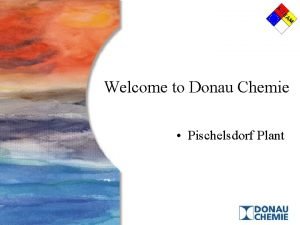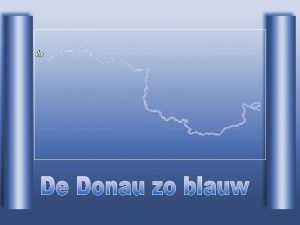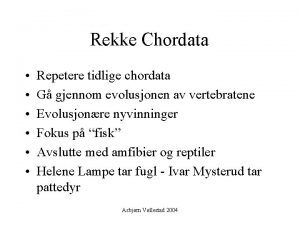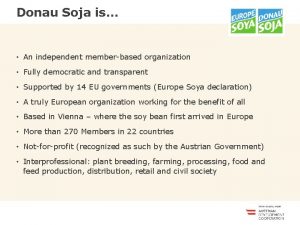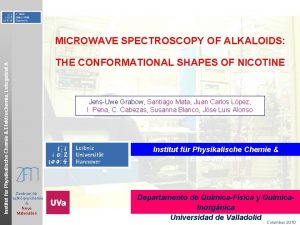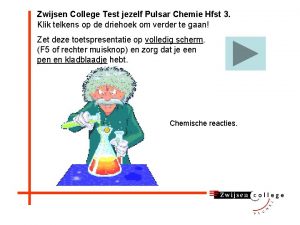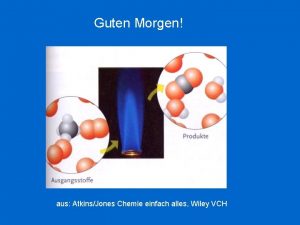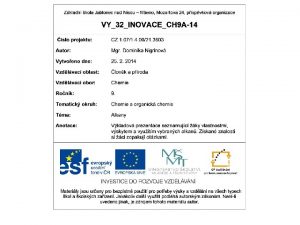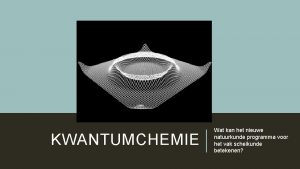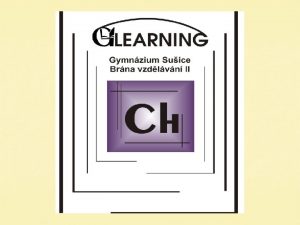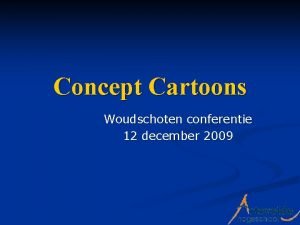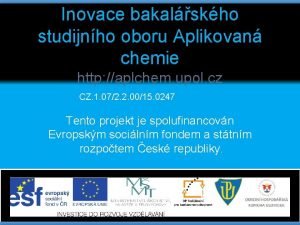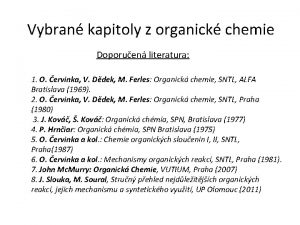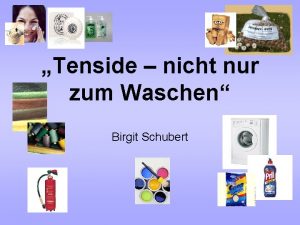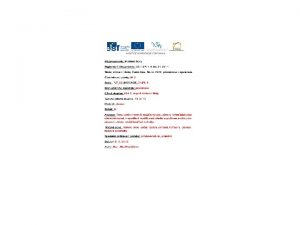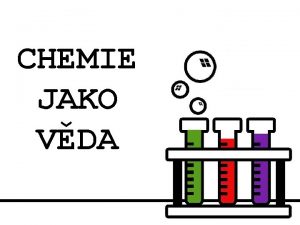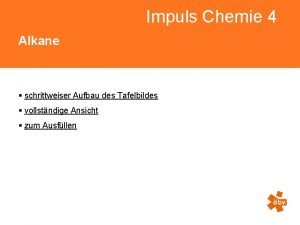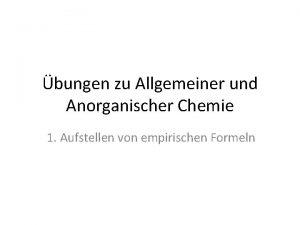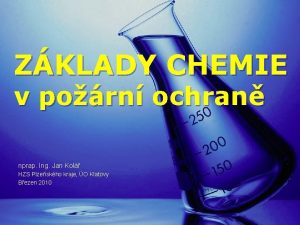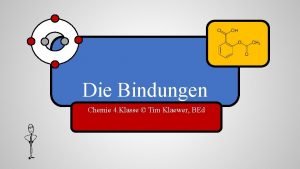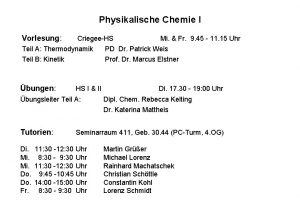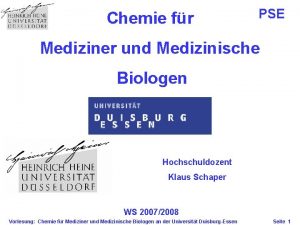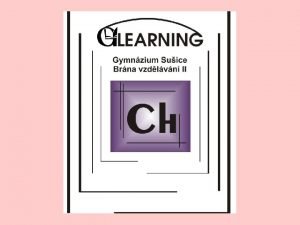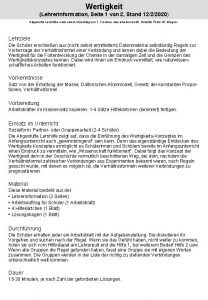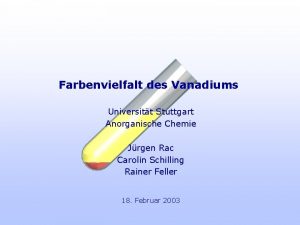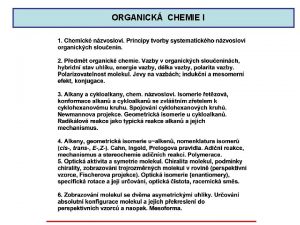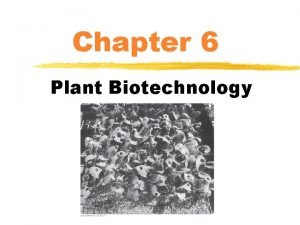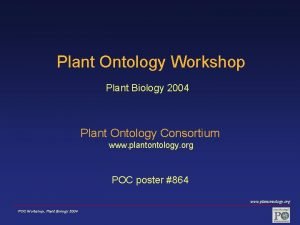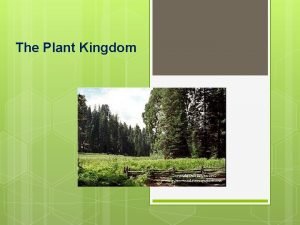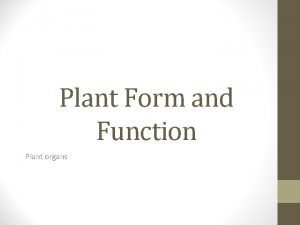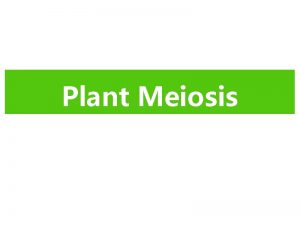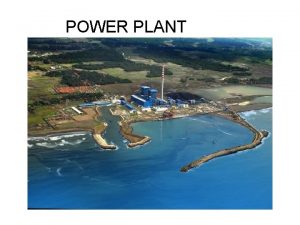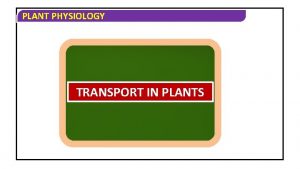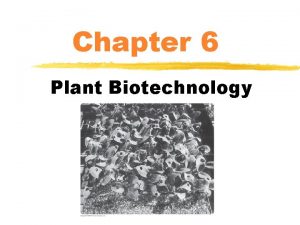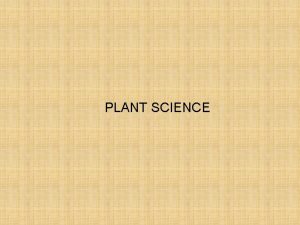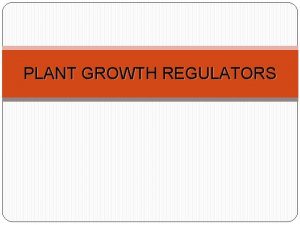Welcome to Donau Chemie Pischelsdorf Plant Donau Chemie









































- Slides: 41

Welcome to Donau Chemie • Pischelsdorf Plant

Donau Chemie Group • Active in the Austrian chemical production since 1828 • Operating in Europe, willing to install international subsidiaries • Since 1997 owned by Af. K • Organised in Business units • Medium sized

Declaration of fundamental Values • Sicherheit • Umwelt • Qualität • Security • Environment • Quality

Business Units

Positioned in central Europe

Pischelsdorf Plant • Operational since 1917: • Gunpowder • Sulfuric Acid • Refinery • Fertilizer • Supply of (industrial) customers in central Europe

Products of the Pischelsdorf Plant • Sulfuric Acid • Fertilizer - P, PK, NPK • Plaster and Plaster Boards • Reactivation of Loaded Carbon

Raw Materials • Sulfur • NPK-Components • Ammonia • Plaster • Acivated Carbon (loaded) • Latex: • 1. 3 Butadiene

How we realize Security Safety concept Technical safety: • Risk analysis • Safety and risk evaluation (What-if-Analysis) • technical audits und checks, correctiv action plan Safety organisation: • Emergency plan, training plan • declaration of responsibilities (authorized people) • main training „good production practice“ • incident and accident information system

Security - Environment - Quality

Seveso II - guidelines • Ammonia (CAS-Nr. 7664 -41 -7) R-Sätze: 10, 23 Max. storage capacity: 370 tons 3 storage tanks a 200. 000 Liter

AMMONIA • NH 3 - storage tank

Industrial fire brigade

A-TEAM Case Study Part 1: A multi-part course on generic hazardous substances management based on material provided by the Lower-Austrian Fire Fighters Academy training program, with additional components on fire protection and fire fighting based on recently developed conventional training material by the authors (Roth, Hofbauer).

A-TEAM Case Study Part 2: A set of scenarios (Planspiele) combining background information and simulated real-time events for team and leadership training (Einsatzleiter) on emergencies involving hazardous subances including one central, plant specific case based on the emergency plans and accident cases developed under the framework of the Seveso II Directive for the plant’s internal and external emergency plants.

A-TEAM Case Study Part 1: Duration of running one course in a small team was 90 minutes including evaluation questions (considered too long by participants) Course will be split into 3 units. Evaluation: Paper based questionnaires; Built-in differential analysis of tests; Dynamic log files.

A-TEAM Case Study Trainee profiles: Semi-professional fire service within the plant: these are normal employees with different tasks within the chemical plants operations, but with special training for the fire fighting and emergency response (training of the whole team: officers, soldiers, specialists) Similar structure in other DCAG plants: Opportunities for exploitation (re-use)

A-TEAM Case Study

A-TEAM Case Study

A-TEAM Case Study

A-TEAM Case Study Evaluation used also conventional paper-based questionnaires with a 1 -5 scale; Design objective was to make filling the questionnaire within 5 minutes possible. Average grade was from 1. 3 (best case) to 2. 0 (worst case).

A-TEAM Case Study

A-TEAM Case Study

A-TEAM Case Study

A-TEAM Case Study

A-TEAM Case Study

A-TEAM Case Study

A-TEAM Case Study

A-TEAM Case Study Comparing comprehensive test results BEFORE and AFTER the course: TIME: POINTS: 301 280 210 270

A-TEAM Case Study

A-TEAM Case Study

A-TEAM Case Study

A-TEAM Case Study

A-TEAM Case Study

A-TEAM Case Study

A-TEAM Case Study

A-TEAM Case Study

A-TEAM Case Study

A-TEAM Case Study

A-TEAM Case Study

A-TEAM Case Study Evaluation based on detailed log files
 Donau chemie pischelsdorf
Donau chemie pischelsdorf Spruch isar iller lech und inn
Spruch isar iller lech und inn Donau quelle
Donau quelle Die sojabohne
Die sojabohne Donau lengte
Donau lengte Paedomorfose
Paedomorfose Donau soja
Donau soja Wise men three clever are we
Wise men three clever are we Tronsmo plant pathology and plant diseases download
Tronsmo plant pathology and plant diseases download Plant introduction in plant breeding
Plant introduction in plant breeding Tronsmo plant pathology and plant diseases download
Tronsmo plant pathology and plant diseases download Introduction in plant breeding
Introduction in plant breeding Tronsmo plant pathology and plant diseases download
Tronsmo plant pathology and plant diseases download Taichum
Taichum Chemie
Chemie Chemie
Chemie Pulsar college
Pulsar college Impuls chemie 4 lösungsheft
Impuls chemie 4 lösungsheft Reaktionsgeschwindigkeitsgesetz
Reaktionsgeschwindigkeitsgesetz Bahenní plyn
Bahenní plyn Boeken over kwantumchemie en theoretische chemie
Boeken over kwantumchemie en theoretische chemie Lnky
Lnky Concept cartoon chemie
Concept cartoon chemie Ddt chemie
Ddt chemie Isosteria
Isosteria Mechanismus
Mechanismus Anionische tenside definition
Anionische tenside definition Dobrý sluha ale zlý pán chemie
Dobrý sluha ale zlý pán chemie Podobory chemie
Podobory chemie Soli chemie 9. ročník
Soli chemie 9. ročník Impuls chemie
Impuls chemie Chemie k
Chemie k Chemie porn
Chemie porn Flourmolekül
Flourmolekül Chemie
Chemie Impuls chemie 4 lösungen pdf
Impuls chemie 4 lösungen pdf Methan oxidationszahl
Methan oxidationszahl Substrat chemie
Substrat chemie Kanonieken
Kanonieken Chemie verhältnisformel
Chemie verhältnisformel Schilling chemie
Schilling chemie Impuls chemie
Impuls chemie
